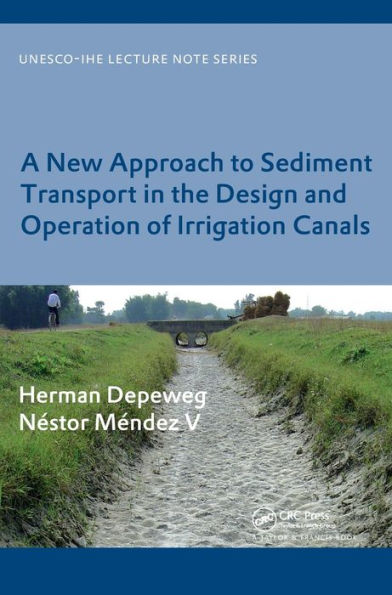After graduating in irrigation and hydropower at the Technical University of Delft in 1967 and before joining IHE at the end of 1986, Herman Depeweg was involved in hydraulic research at Delft Hydraulics, the main research topics were related to hydraulic structures, sediment transport, local scour and erosion. He has deepened his knowledge in irrigation by various assignments with Dutch consulting firms, especially as project manager for long-term irrigation projects in the Far East (Indonesia) and the Middle East (Iraq, Saudi Arabia and Yemen) for more than a decade. Herman Depeweg joined IHE to become co-mentor and lecturer at the postgraduate course in irrigation in Bandung, Indonesia. After his return to Delft he has lectured at IHE in hydraulics and irrigation, the latter has been focussed on all aspects related to irrigation at main, tertiary and field level. During the past years he has been mentor of a number of participants who were doing research for their MSc and/or PhD. He has been guestlecturer for IHE around the world, namely in Indonesia, Malaysia, Yemen, Egypt, Libya, Colombia, Bolivia and Venezuela.
Néstor Méndez is associate professor of Hydraulics and Sediment Transport at the Universidad Centro Occidental "Lisandro Alvarado" at Barquisimeto, Venezuela. After his graduation in 1977 and before joining the University in 1981, he has worked for the Ministry of Environment and Renewable Resources (MARNR) in the operation and maintenance of hydraulic works and in the design and construction of large drainage systems in the Western Plains of Venezuela. In 1998 he obtained his PhD degree at IHE, Delft. His research topic has been the behaviour of sediment transport in irrigation canals. Since 1999, he is guestlecturer at the UNESCO-IHE Institute for Water Education in Delft, the Netherlands and at several universities in Colombia, Mexico, Guatemala and Bolivia. Next to his lecturing and research activities, the author guides several undergraduate students and supervises MSc research. At present, he is also active as consultant in the field of Land and Water Development in Venezuela.



